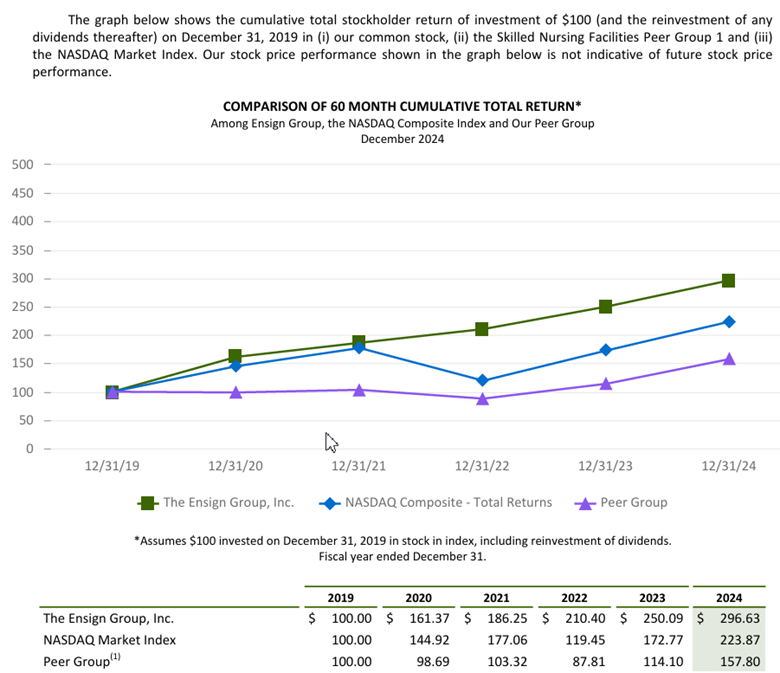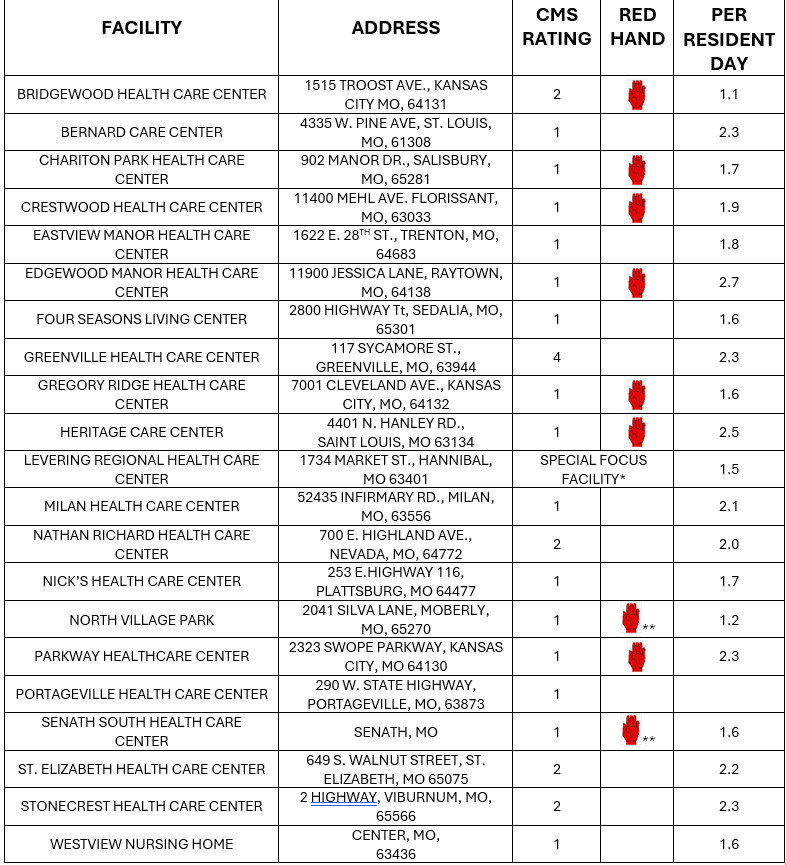By:
Dave Kingsley
Why Do We Have Character Tests for Medicaid Eligibility and Not for Any Other Government Subsidized Healthcare?
Medicaid is a $trillion-dollar program that has become a cash cow for the likes of UnitedHealth, Centene, Molina, Aetna, and Humana. At the same time, it has always been a badge of shame for the lowest income Americans needing care. Rules, regulations, and government oversight of the program are applied in the harshest of ways to poor people needing healthcare but not to the corporations responsible for widespread fraud and abuse.
Unlike major corporations funneling $billions in undeserved compensation to executives and generous returns to investors, Americans needing healthcare but too poor to qualify for other federally subsidized programs must prove to a state government that they are poor enough and of good enough character to get Medicaid. The stigma and harshness heaped on applicants and beneficiaries varies from state to state. For instance, the pious, holier-than-thou, Christian governor of Arkansas has been on a crusade to ferret out people in her state who, in her view, are unworthy of life saving medical care.
Who Deserves Quality Medical Care – or Any Medical Care for that Matter?
The concept of the “deserving poor” versus the “undeserving poor” has been integral in societal assistance for the economically unfortunate from the very beginning of North American colonization. Poverty has always been and still is considered a character flaw. It was just last week that I heard Mehmet Oz – the new overlord of Medicare and Medicaid – pontificate about – as he put it – “Abled bodied men,” who should not get Medicaid benefits if they are not suitably employed.
Most ordinary, non-superrich, Americans probably can’t conceive of the $trillions in government benefits handed to the wealthiest among us without a scintilla of concern about character. Think about a young, unemployed, able-bodied male who inherits $30 million from his parents. He will pay no taxes on that inordinate sum of money that he can use for his pleasure – and for concierge medicine. Maybe he is of good character, looking for work or contributing as best he can to society. Conversely, he may be into jet setting and partying without any intention of doing anything positive for society. However, the medical profession won’t consider any of that if he needs medical care.
The legislature in the State of Kansas, near where I live and do a considerable amount of work, refuses to expand the Medicaid program under the Affordable Care Act. Cross-wearing Christians in the state legislature believe that it’s some kind of a sin for the government to help poor people. They don’t give second thought to the massive subsidization of agri-corporations, tax write-downs for the oil and gas industry, etc. They don’t seem to be concerned about the millions of acres of corn subsidized by the federal government at 50 cents per bushel while rich farmers and agri-corps irrigate it with water from the people’s Ogallala Aquifer, which is being depleted by such craziness.
There are countless instances of government benefits provided without concern for the worthiness of the beneficiaries. I grew up with farmers who loved the Soil Bank because they could let land lie fallow and collect a payment from the government. These farmers, with few exceptions, thought then and think now that welfare in the form of assistance to poor mothers for food, clothing and shelter is despicable.
Medicaid is an Inferior Healthcare Program Conceived by Southern Segregationists in the 1960s.
Medicaid is the handiwork of post-Reconstructionist Southern Democrats. Their sole purpose was to keep black people from getting medical care.[1] They were able to engineer and codify into law a unique American concept known as “indigent medical care.” The 1960 Kerr-Mills Act, ensured that the U.S. would have second-class medicine for the “needy” or “indigent,” and that state governments would have dominance over it.
Senators and Congressmen from the former Confederate States left the Democratic Party in the 1970s. Their political heirs in the current Republican dominated legislature and executive branch are now in the process of passing legislation that will further tilt the U.S. tax system in favor of the wealthy. They are attempting to enhance corporate and superrich tax advantages on the back of people needing medical care – medical care that the least fortunate amongst us can only get from Medicaid.
For obvious reasons, it has always been easy to politically bully poor people and, of course, poor black people are easiest of all to bully. We should also remember that the Southern States are not the only racist states. Furthermore, Medicaid in any state will be a second-class medical care program with inordinate amounts of fraud on the part of the companies contracting to provide services. Nevertheless, had there been no history of slavery, Jim Crow, and the ongoing institutional racism they have wrought, the U.S. healthcare system would look a lot more like our peer countries in Asia and Europe (where everyone has equal access to one national, medical care program).
It is Time to Get Honest and Give Everyone Equitable Access to Quality Medical Care
Medicaid is a disgraceful medical charade with roots in the incomprehensible cruelty of slavery and its aftermath. There is of course what critical race theory dubs intersectionality – white-, Hispanic-, Asian-, Native-poor people are caught up in it also. The results are these: poor black men will have 12 years less life to live than rich white men, the life expectancy of whites with a high school education or less has gone into reverse, black men die of cancer at a rate double any other demographic group, patients in hospitals on Medicaid are sicker, cost more, and stay longer than patients on any other payer system – just to list a few of the consequences of healthcare discrimination.
There has never been a time in American history when the rich lived longer with better health. On the other hand, there has never been a time when the bottom half of wealth holders and earners experienced a declining life expectancy and worse health outcomes compared to the fortunate upper classes.
The right wing and the medical industry are using a clever tactic by keeping us all bogged down in a fight over tweaking, improving, expanding a system that will never be anything other than means-tested, welfare medicine. Poor people’s medicine is and always will be inherently poor medicine. As long as the program exists, there will be an immoral distinction between the worthy and unworthy in the U.S. medical care system.
My question to the medical profession is this: “How do you square medical ethics with denial of care because a person can’t afford to pay or because some bureaucrat deems them unworthy?” I’m not berating individual doctors – I’m asking the medical profession, “Where in the hell have you been?” There are many good physicians that are in the fight to change the corrupt, discriminatory medical system. But this very powerful profession itself has a shameful track record in standing up for the human dignity of all people needing medical assistance.
End it! Don’t Mend It!
So, I say, the only solution to this American healthcare disgrace called Medicaid is “End it! Don’t Mend it.” Give everyone equal access to equitable healthcare. Fighting over nuances in a program unworthy of the fight keeps a white, college educated, advocacy enterprise going and ensures that the system itself won’t change. I see verbal assaults on bad nursing home chains, and on private equity in the hospital/nursing home industry, and other such ongoing battles as nothing more than a futile game of whack a mole that will be never ending. I’ve been playing that game. And I’m tired of it. The nursing home industry is fine with the game as is every other sector of the healthcare industry feasting off of government largesse like we could hardly imagine a half century ago.
[1] My interest in Medicaid research has been on systems analysis rather than the litany of bad acts by bad providers such as is the tenor of Mary Adelaide Mendelson’s wonderful and productive work Tender Loving Greed, which is a classic in the study of fraud and abuse in the nursing home industry. Systems research is focused on how systems originate, develop over time, and are politically maintained. The concept of “sensitive dependence on initial conditions” is critical for understanding why poor and African Americans are treated differently – and inequitably – in the healthcare system (See for instance, Walter Buckley, Sociology & Modern Systems Theory). For the best validation of the racist roots of Medicaid, see: Jill Quadagno, One Nation Uninsured: Why the U.S. Has No National Health Insurance; Gerard W. Byouchuk, National Health Insurance in the United States & Canada; and, Robert & Rosemary Stevens, Welfare Medicine in America: A Case Study of Medicaid.





